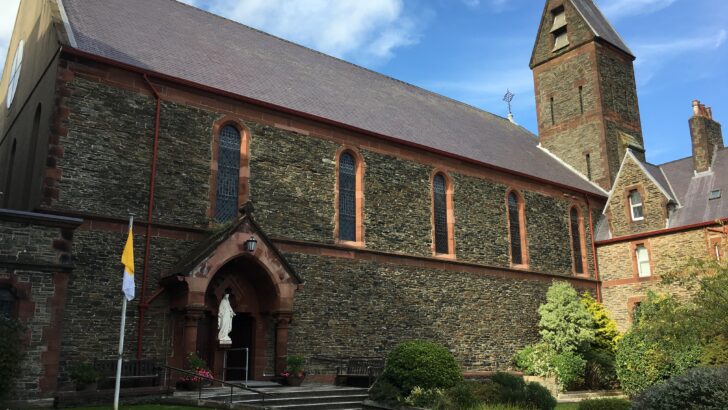They say (and rightly) that all history is at heart local history. In the past people in Ireland did not think first of ‘national identity’ at all. Asked where they were from they would begin with the townland on which they resided, where indeed they may have been born, followed by the barony and so on up to county level: our modern post codes are not in the same rank at all. They may determine a location, but not the place, so to speak.
Brick making, to which author Susan Roundtree has devoted many years of assiduous and toilsome research, is a case very much in point. Brick making was often a town land trade.
Today when so many buildings are made of poured concrete – one of the most un-green materials in the world – which look and are the same from Killorglin to Kinshasa, but in the past, that is down to the 1950s, across Ireland most buildings, when not made of local stone, were made of local bricks, nothing imported.
One of my early memories is being taken by my father, who was a consulting engineer, much involved in new buildings, to visit a disused bricks factory. It was an amazing place which has haunted me ever since: an abandoned factory still with the furnaces in place, still with brick being processed, piled around inside and out, as the workers would be back in an hour or so from their dinner break. But it was a break that never ended.
Informative
I now discover from these highly informative pages that this was the Dolphin’s Barn, Brick and Tiles Company’s works out on the Crumlin Road. The firm ceased operations in the early 1940s, and was dissolved in 1948. As my visit must have been in the early 1950s that seems right to date my memory.
The author gives a long list of the notable buildings in Dublin which were built using Dolphin’s Barn Bricks. Notably the modern Church of Ireland parish church, St Mary’s, on Crumlin Road, a wonderful creation, simple, elegant, yet expressing a sense of permanence.
It was completed in 1942, and must have been one of the last projects on the company books. But their bricks were also used in the O’Connell’s schools in North Richmond Street and the once-admired Players Wills cigarette factory.
But escaping from Dublin, Susan Roundtree describes brick making all over the country, though her maps show that the majority of factories were located in Leinster and Ulster rather than in Munster and Connacht. But the post famine population has shifted eastwards and that was where the bricks were needed.
I recall my father explaining to me, as I trailed around building sites with him as an eight-year old, that bricks had to be used carefully. They would come on site as single loads, often from a single firing in the factory. But once on site, the bricks from different firings had to be mixed to achieve that smooth but variegated surface that is such a delight in older buildings.
There is a lot to learn about bricks and brick making and this is the place to begin.
But it will be seen on going around the country, and indeed in the lovely photographs in this book, just how localised building practice in Ireland once was. I was reminded of the drawings and plans in Esytn Evans’ Irish Heritage, showing the numerous local variations of the simple Irish cottage.
Taste
The Church seems not to have cared for brick as a church material – too familiar, too domestic perhaps for the taste of the bishops. An exception is the University Church on St Stephen’s Green in Dublin, with its polychrome facade; but then St John Henry Newman, its initiator, was never really in step with the Irish hierarchy.
But when one sees what can be done with modern brick as at the Medial School at Limerick University, or the Cape Cross Centre at Kildangan Stud, one can only regret their lack of creative initiative.
On the other hand Irish brick makers have given us so many fine buildings, great and small, across all the 60,000 townlands of Ireland, celebrating the merits of all things local.


 Peter Costello
Peter Costello St Mary's Cathedral, Isle of Man. Photo: Harvey Milligan
St Mary's Cathedral, Isle of Man. Photo: Harvey Milligan 